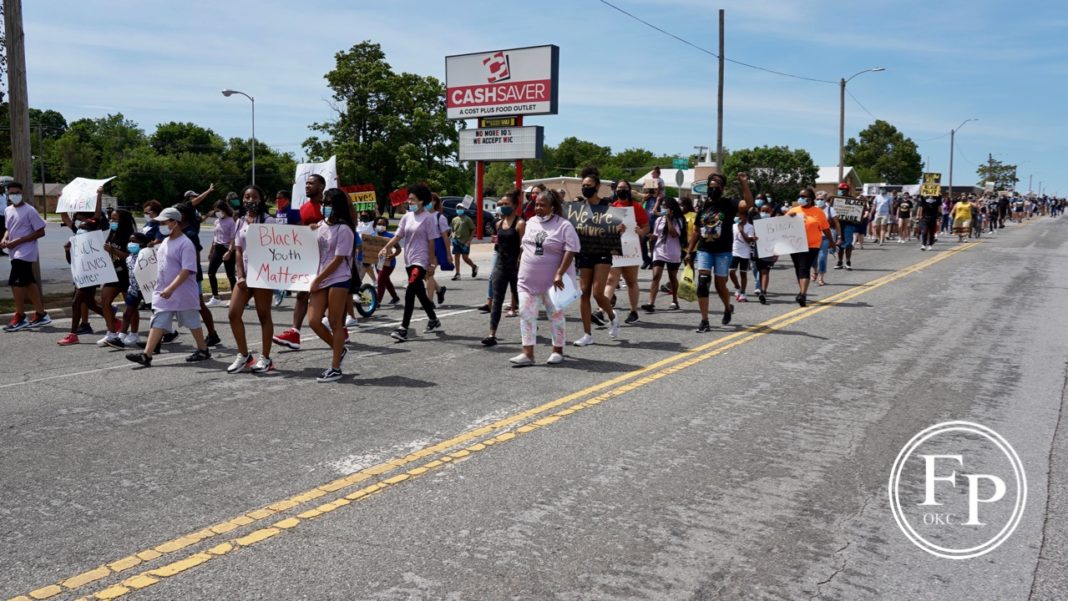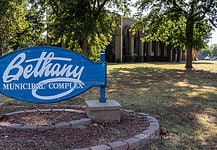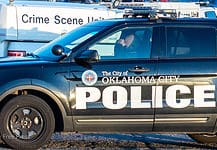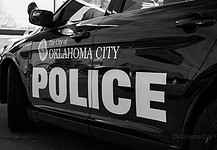Last Updated on June 22, 2020, 3:02 PM | Published: June 22, 2020
By the time to step off, the crowd of people in age groups from grandparents all the way to babies in strollers massed to march to Moses F. Miller stadium at Douglass High School Sunday.
Once started, marchers stretched for a little over two blocks as drivers on Martin Luther King Avenue slowed or stopped and yelled encouraging words, honked, and waved to the marchers.
Before it started, Free Press talked with several people all along the age spectrum about why they thought it was important to participate.
“I definitely think our biggest issue that we have is in our education system,” said Amaya Harris, a sophomore at Putnam City West High School in Oklahoma City. “We’re not really taught our black minority studies. And that’s a problem that we want to change.”
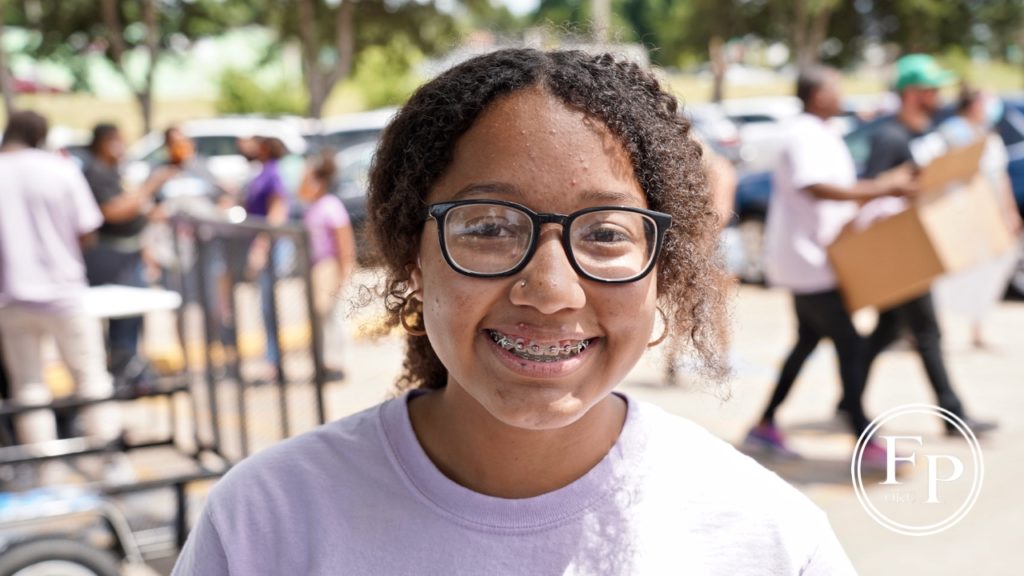
Dana Adams came to be in the march with her two daughters, Maya and Cameron. She wanted them to be a part of the march and learn from it.
“They [her children] might not fully understand everything that’s going on. But you know, I think it’s something that we’ve been dealing with for a very long time and they should just be as active as everybody else and really see, you know, what’s important and what they should stand for,” said Adams.
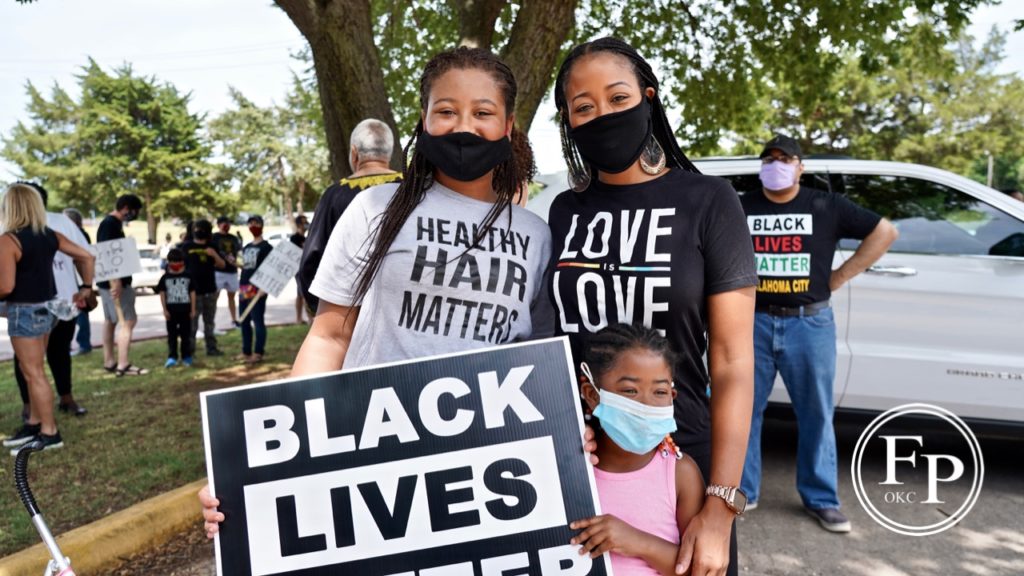
School sponsorship
Two public school districts, Millwood Public Schools and Oklahoma City Public Schools added their sponsorships to the march.
Before the march began, Millwood Superintendent Cecilia J. Robinson-Woods talked to Free Press about their involvement.
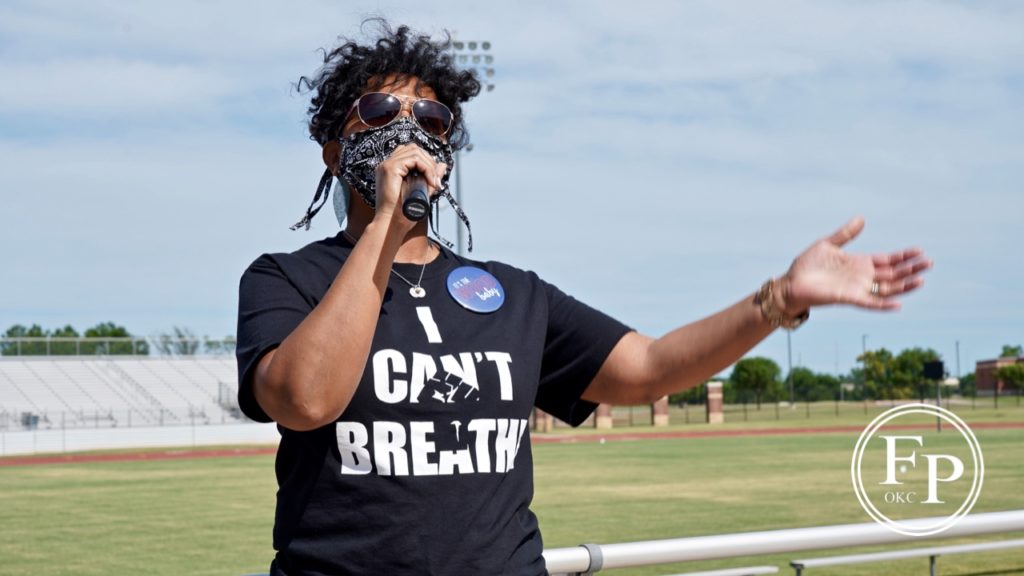
She said that since Millwood’s student population is 97% Black, the issues being raised by the march and the recent protests are not unique or new to them. Those issues are always on their minds.
But, she did say that it is a unique time in that others beyond the Black community are starting to realize some aspects of life that Millwood teachers, leaders and staff think about as a matter of course.
“It’s something that we have to fight every day,” said Robinson-Woods. “It’s something that we worry about – that we think about, that we prepare our kids for, that we stand for every day. So it is it is definitely a time where people are starting to see what it takes to be black in America and what it means.”
OKCPS Superintendent Sean McDaniel spoke once the group was at the stadium and led those in the stands in an exercise of recognizing that they are responsible to everyone of every race and culture for care and love.
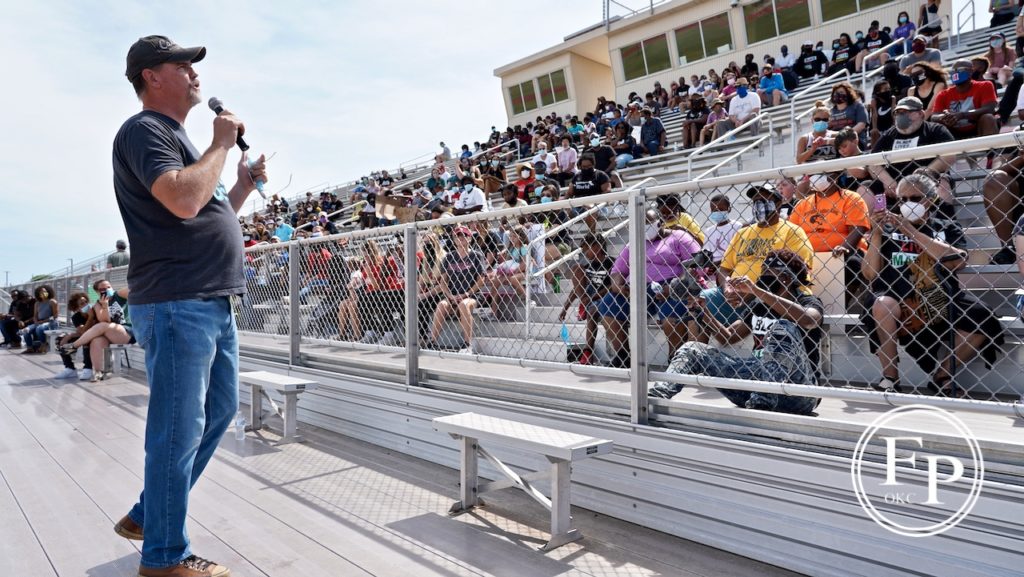
He said clearly “Black lives matter.”
Then he summed up the district’s challenge:
“While we can say to each other ‘Black lives matter,’ we have got to turn that into action,” McDaniel said. “And, we can agree that we’re making progress, that we are making a difference again to our school system. But, that takes every single one of us.”
Goals
Youth leaders of the march and rally stated some clear goals the event was meant to establish for the sake of black youth. The youth leaders themselves developed the goals:
- End zero-tolerance policies
- Increase hiring of Black, indigenous and Latinx teachers and administrators in Oklahoma public schools
- Increase state funding of schools, including sustainable salaries for teachers, support personnel, and administrators
- Add African American, Latinx and Indigenous Studies to the curricula in Oklahoma public schools.
These goals were read at a news conference ML to announce the event and at the stadium at the end of the march Sunday.
“Being black is not a crime. We want to grow up. Stop killing us!” said ten-year-old Isaiah Green at the news conference.
Passing the torch
The rally closed with some older, experienced leaders passing on the responsibility to take leadership of the effort to eliminate the dangerous effects of racism in America.
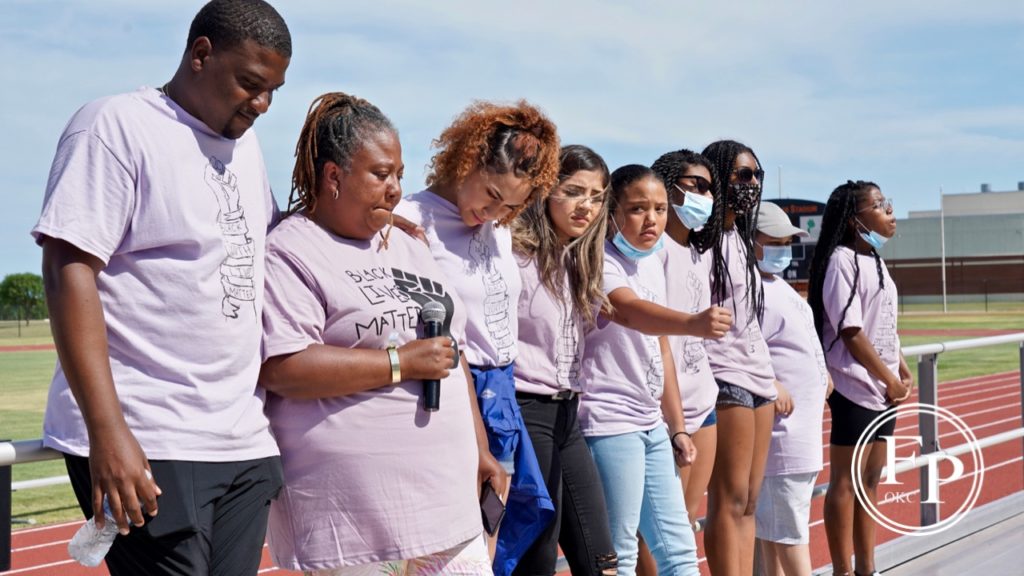
One of the key leaders of Black Lives Matter since 2016, Rev. T. Sheri Dickerson, acknowledged that youth concerns needed to be a part of the Black Lives Matter effort, too.
“If you will allow us to stand along side you, and in front of you only to be a barrier to protect you; if you will allow us to have your back and make sure to follow your lead from this day forward, we thank you.”
“We see you. We hear you. And, we love you. Will you accept our offer?”
All of the youth leaders next to her said, “yes.”
Mrs. Joyce Jackson is one of the original sit-in youth who Clara Luper led in sitting at lunch counters and at tables reserved for whites only in segregated Oklahoma City. She was not one of the original youth who sat at the Katz Drug lunch counter but was a part of similar actions later as Luper led efforts to desegregate other establishments in the city.
She was asked to symbolically pass the torch to the youth leaders of the march and encourage them to take up leadership responsibility to empower the next generation of Black people in Oklahoma City and the state.
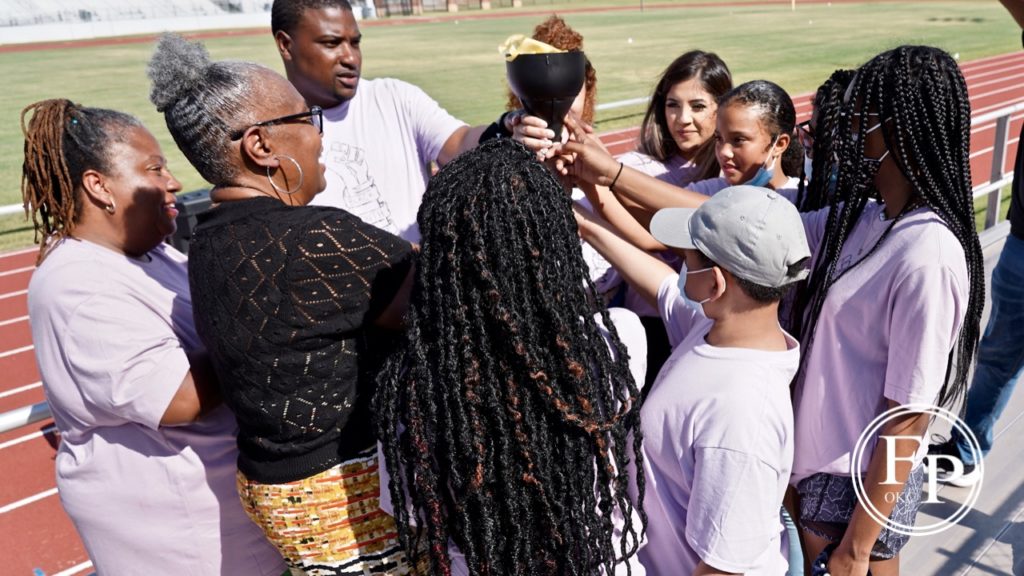
She said that where once they sang “we shall overcome” she has now learned to say with the much-younger protesters “Black lives matter.”
She acknowledged that there are still problems in society and urged all present including the youth to “hold the line” and stand up against racism.
Jackson closed her comments by handing a symbolic torch to the other youth leaders who were there pulling together in a circle to grasp the torch together.
Future
Black Lives Matter OKC – Oklahoma City continues with their protests in weeks to come. Continue to watch their Facebook page for more information.
Founder, publisher, and editor of Oklahoma City Free Press. Brett continues to contribute reports and photography to this site as he runs the business.
